
- 5D/4N
.jpg?w=305&h=230&dpr)
- 8D/7N
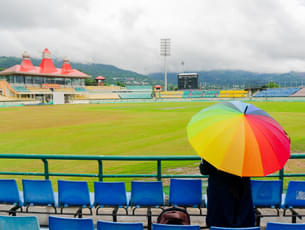
- 6D/5N
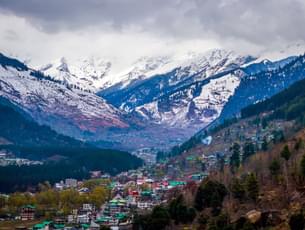
- 6D/5N
Delhi Top Attractions
See All Places To Visit In Delhi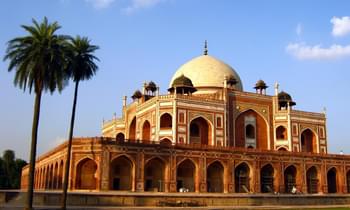
Rising gracefully from lush gardens and surrounded by a symmetrical charbagh (four-part garden), Humayun's Tomb exudes an air of tranquility and grandeur. The use of red sandstone and white marble in its construction adds a captivating contrast to the monument's façade, making it a visual delight for visitors and photographers alike.Interestingly, Humayun's Tomb served as an architectural inspiration for the world-famous Taj Mahal, which was built later by Emperor Shah Jahan for his beloved wife. The intricate geometric patterns, arched entrances, and delicate lattice work seen in Humayun's Tomb can be traced in the design of the Taj Mahal.Today, the tomb complex houses the graves of several other members of the Mughal dynasty, making it a cherished historical site and a symbol of India's rich cultural heritage. Visitors can explore the beautifully landscaped gardens, marvel at the detailed calligraphy adorning the walls, and immerse themselves in the captivating history that surrounds this majestic monument.
.jpg?w=350&h=210&dpr)
The primary aim underlying the construction of this massive observatory was the preparation of astronomical charts. These were then used to track the local time zones by keeping an eye on the movement and transitions of the sun, the moon and the different planets that constitute our solar system. It thus follows that a highly precious observatory of the ancient past never fails to surprise the technology-influenced astronomers and researchers. The Delhi’s Jantar Mantar has a got a whopping height of around 723 feet and is comprised of different astronomical instruments totalling to a count of 13 units. Amongst these, the most precious and widely acknowledged ones are – Samrat Yantra, Misra Yantra, Ram Yantra, and Jai Prakash Yantra. The sundial, which forms the chief attraction here, is highly influenced by the ancient Egyptian Ptolemaic Structure. It strictly adheres to the sequential celestial orders of the local arrangement of the equatorial, ecliptic, and the horizontal-zenith planes. Thus, Delhi’s Jantar Mantar brings close the three different dimensions of belief, universe, and society. It conjoins the aspects of astronomical skills with cosmological concepts arising out of the court of a scholarly prince.
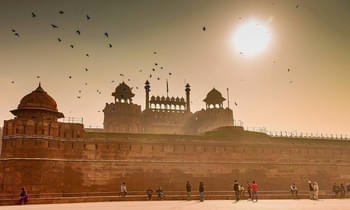
The colossal Red Fort in Delhi was the home of the formidable Mughal emperors for around 200 years until the British took over it in 1857. The fort is not just a symbol of the popular grandeur of the Mughal era, but it has withstood the trials of turbulent times, especially during India’s most historical events that shaped the foundation of the country. This is one of the most famous tourist attractions of the national capital. The UNESCO declared the Red Fort a World Heritage Site in 2007, in recognition of its significance. Red Fort is one of the most celebrated monuments of India and is the symbol of valor and peace.This 17th-century monument is of octagonal shape and it covers around 255 acres of land. The total number of gates here is three. The royals used to enter the fort through the Khizrabad Gate that has been closed for commoners now. The Lahore and Delhi Gates are open to locals and tourists. The fort was planned to house a palace inside its campus. The Red Fort still a historical and architectural wonder.History of Red FortThe construction of the Red Fort started in 1638 with the Emperor Shah Jahan deciding to leave Agra to create a new Mughal capital, Shahjahanabad, which is presently known as the Old Delhi. With architect Lahori’s work at Agra Fort, Shah Jahan was so impressed that he asked him to work on this fort as well.However, despite having elaborate and grand illustrations in the early years, the shine and glory of the Red Fort eventually faded when Shah Jahan fell ill and had to go back to Agra to recuperate. Since 1658, Shah Jahan’s son Aurangzeb, who was known to be power hungry, took the charge of the fort and kept his father imprisoned at Agra Fort for over 8 years until he died.The opulence of the Red Fort and the fortunes of the royal family started diminishing with Aurangzeb ruling the last phase of his reign which was bristled with uncertainty, unfaithfulness and treachery. Persian ruler Nadir Shah attacked the fort in 1739 and looted several valuables, including the Peacock Throne and the Kohinoor diamond. In 1752, the fort belonged to the Maratha kings who defeated the Mughals in a battle.The Marathas had to melt down the silver ceiling of the Diwan-e-Khaas hall in order to raise funds to save the capital from the attack of the Afghan invaders under the leadership of Ahamd Shah Durrani. In 1857, the Britishers made the Red Fort their army base and looted further valuables. In 1947, after gaining independence, the Red Fort was chosen as the main site for public celebration.
Delhi Travel Guides


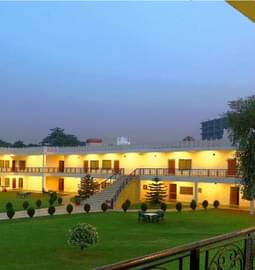
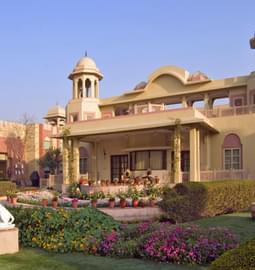


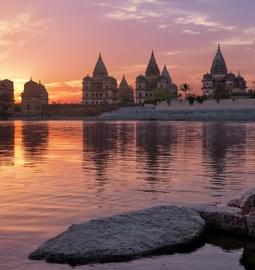








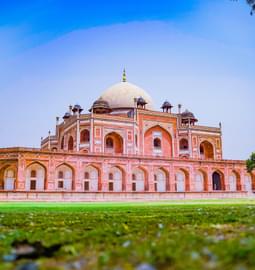

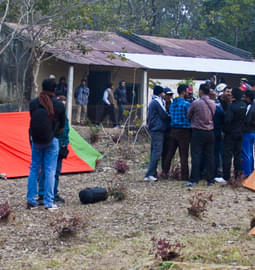


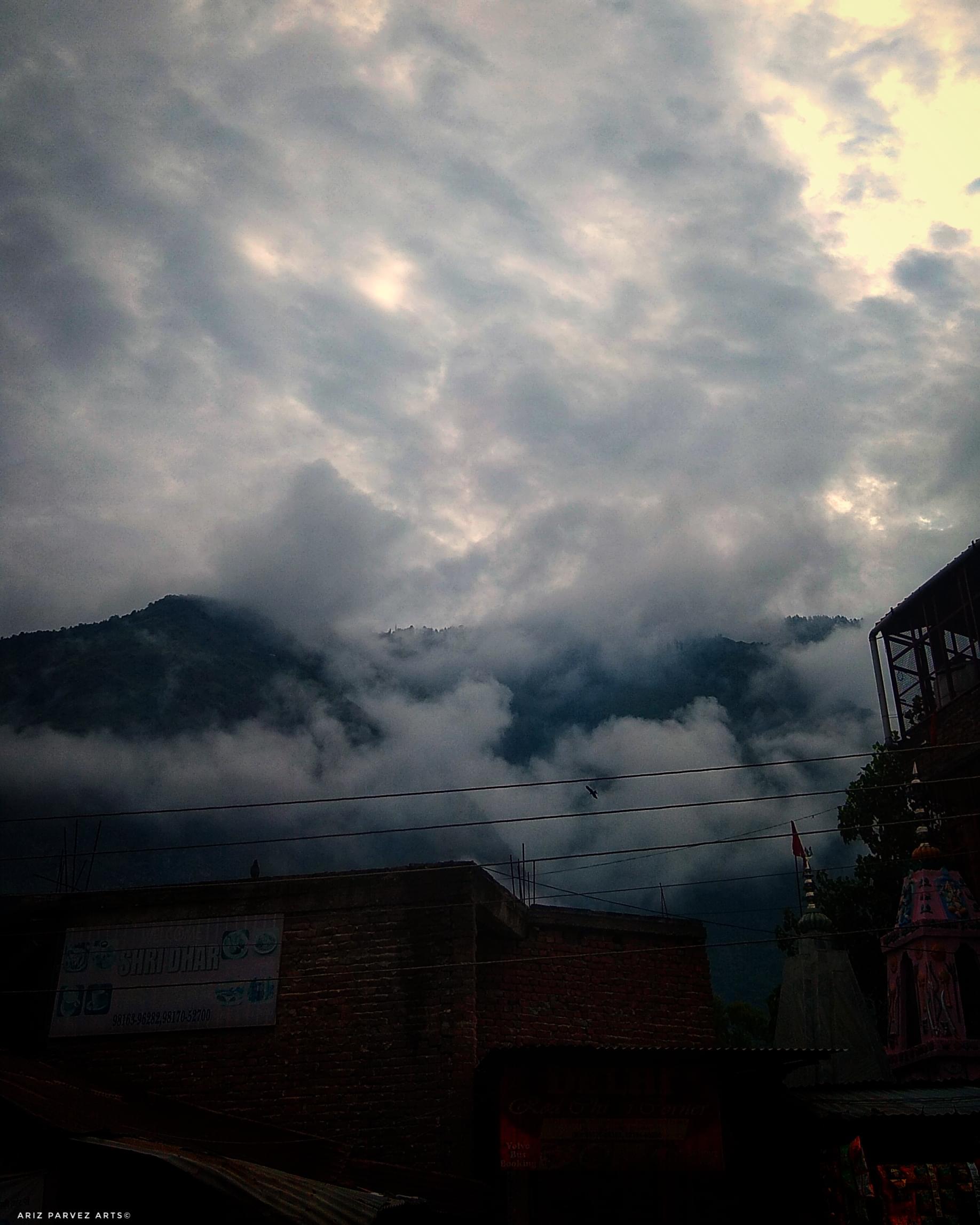
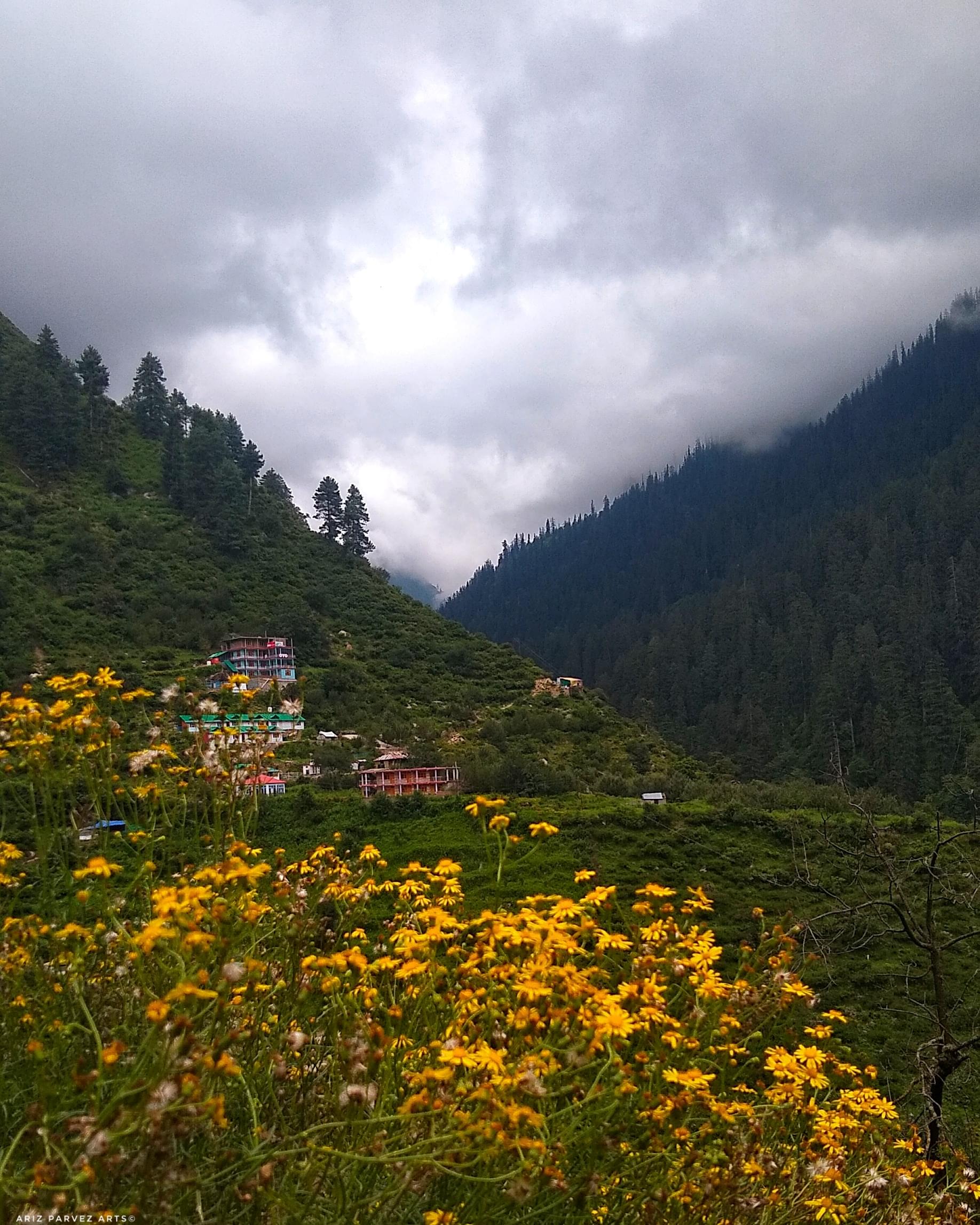
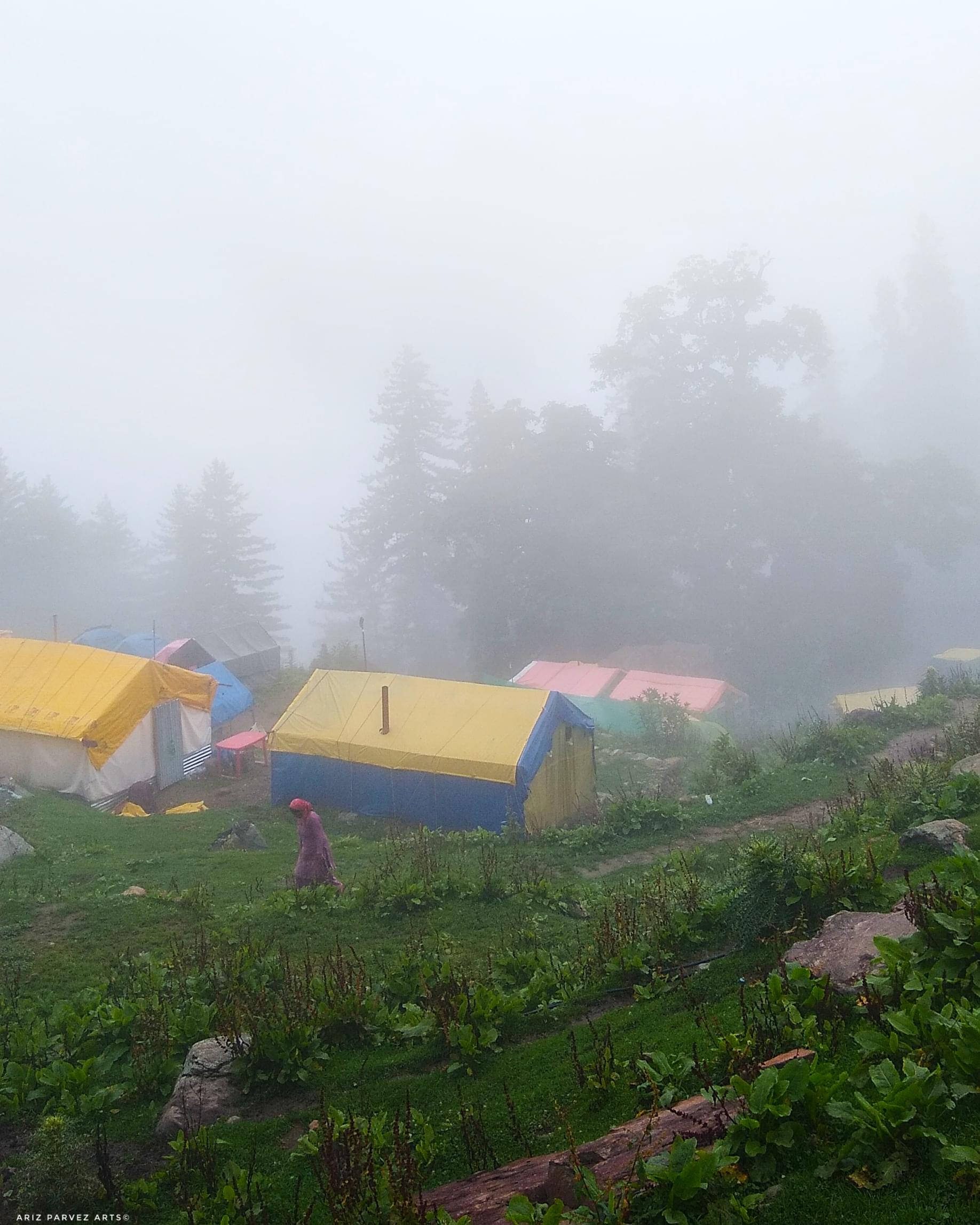

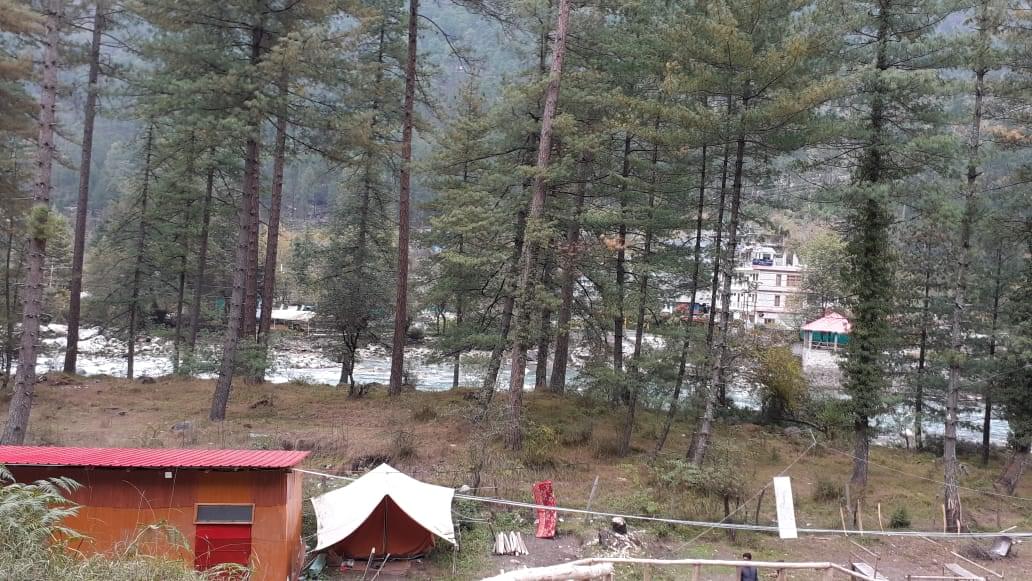
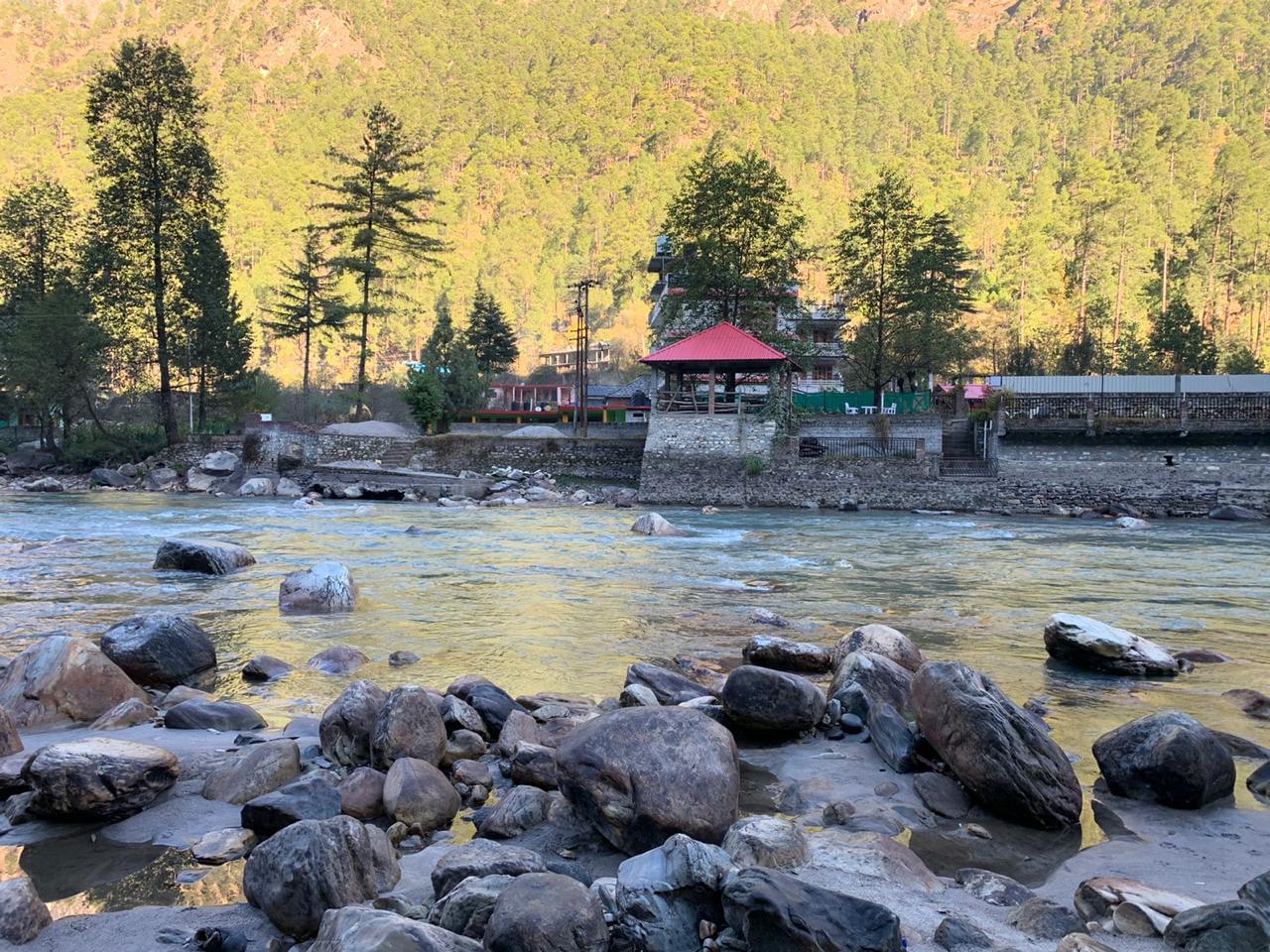
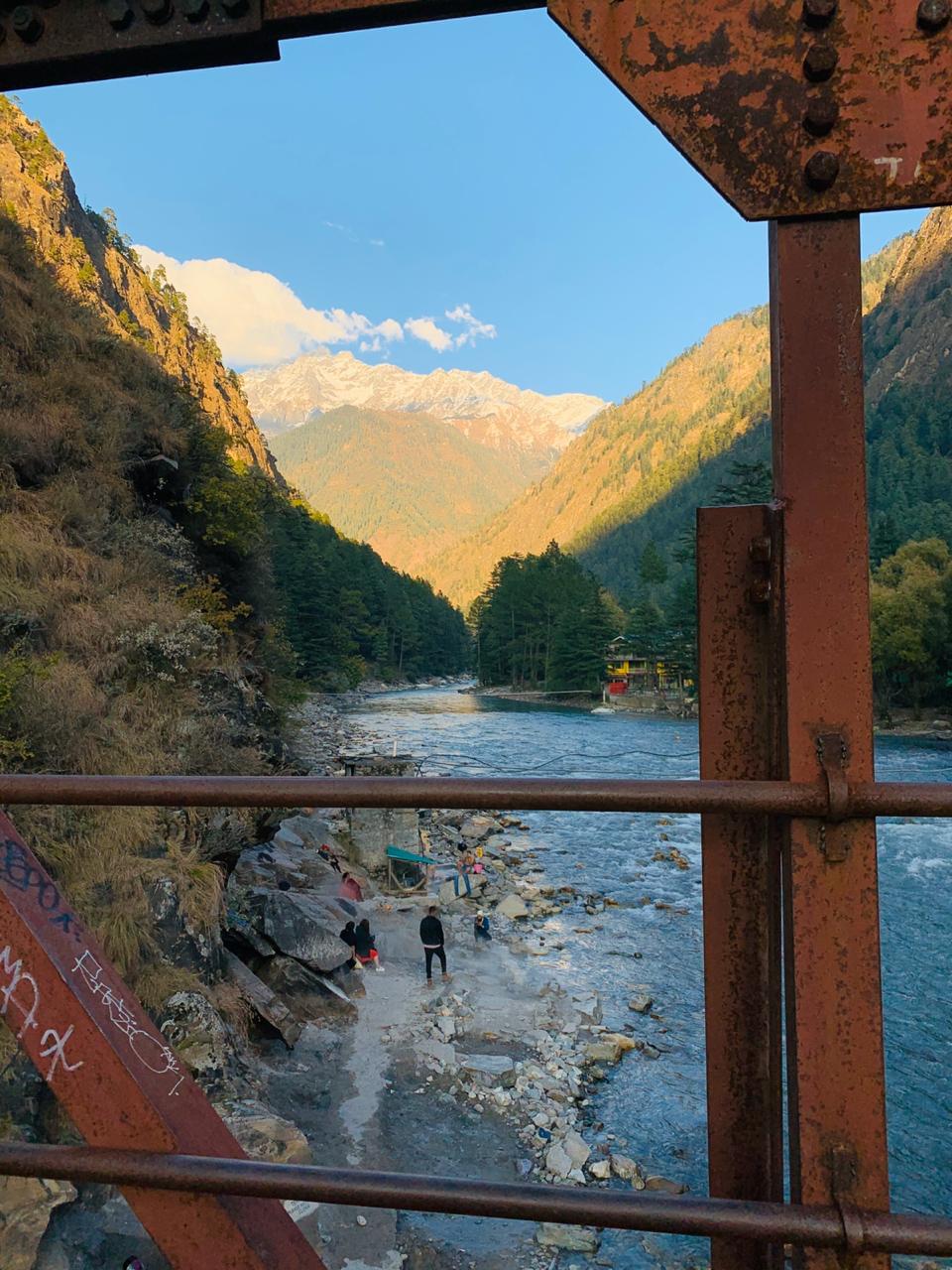
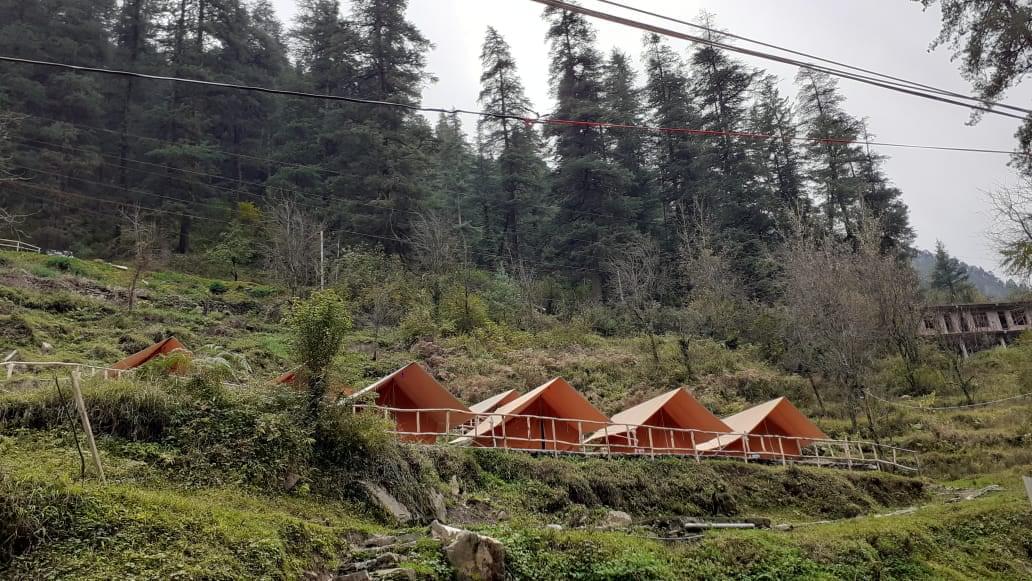








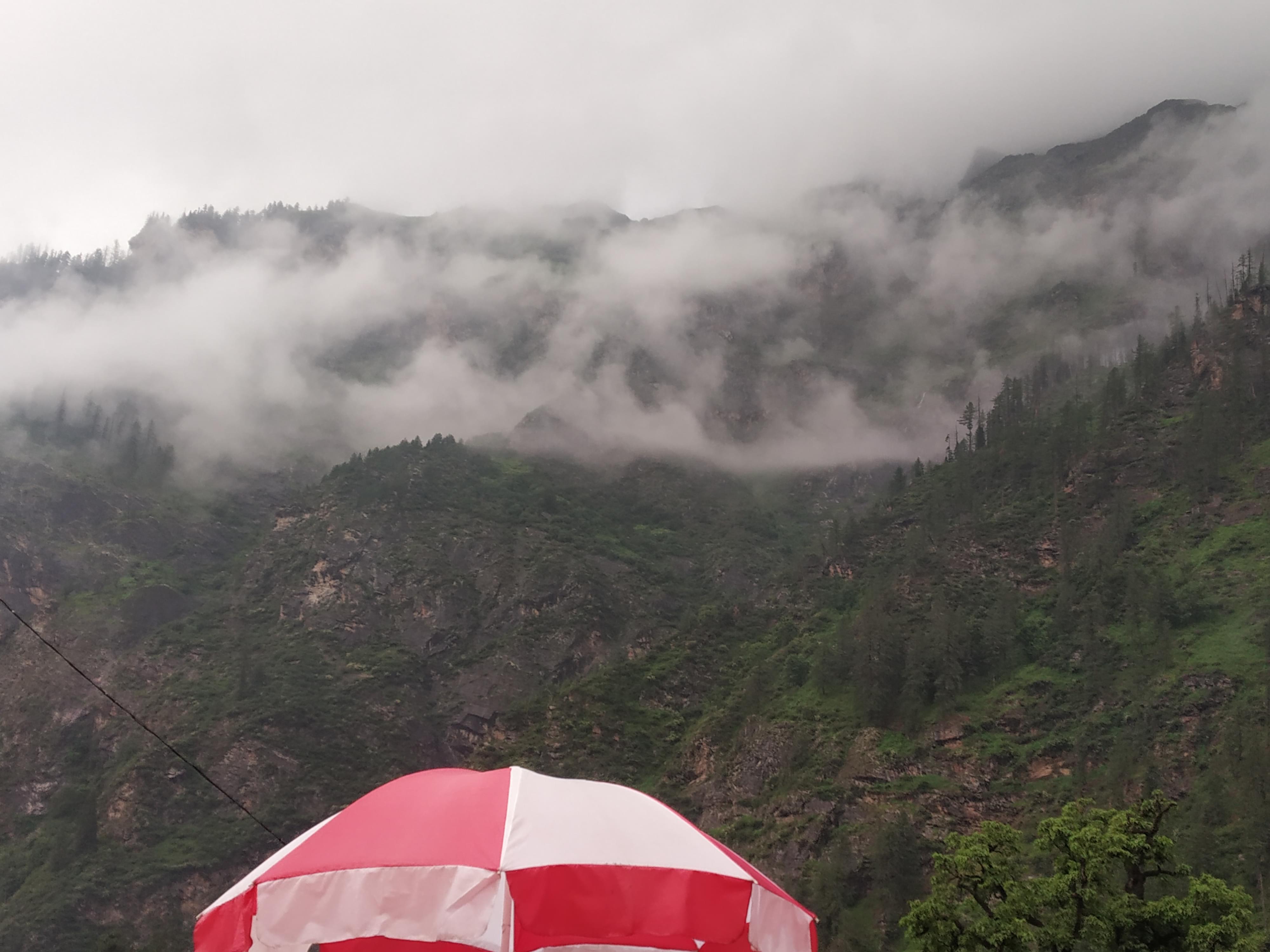

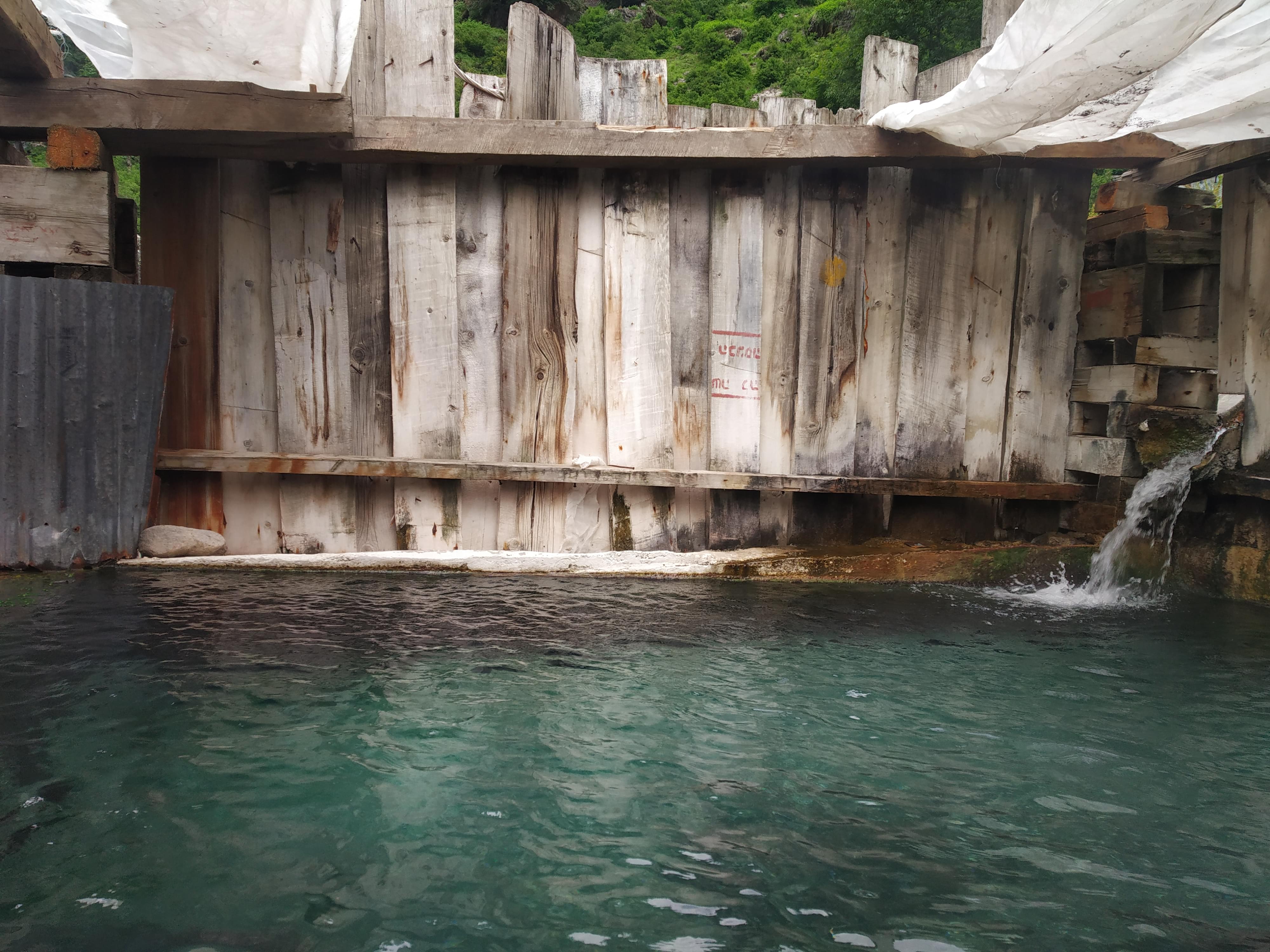





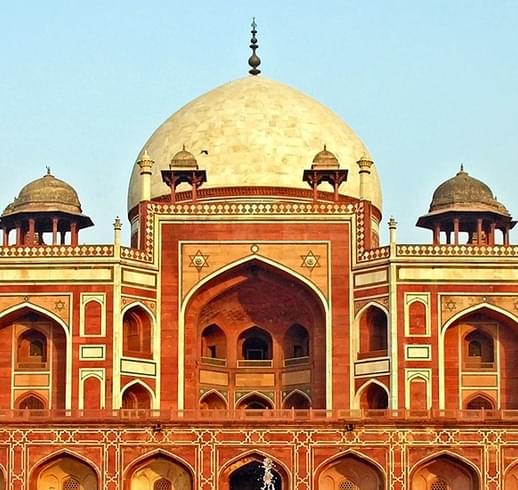

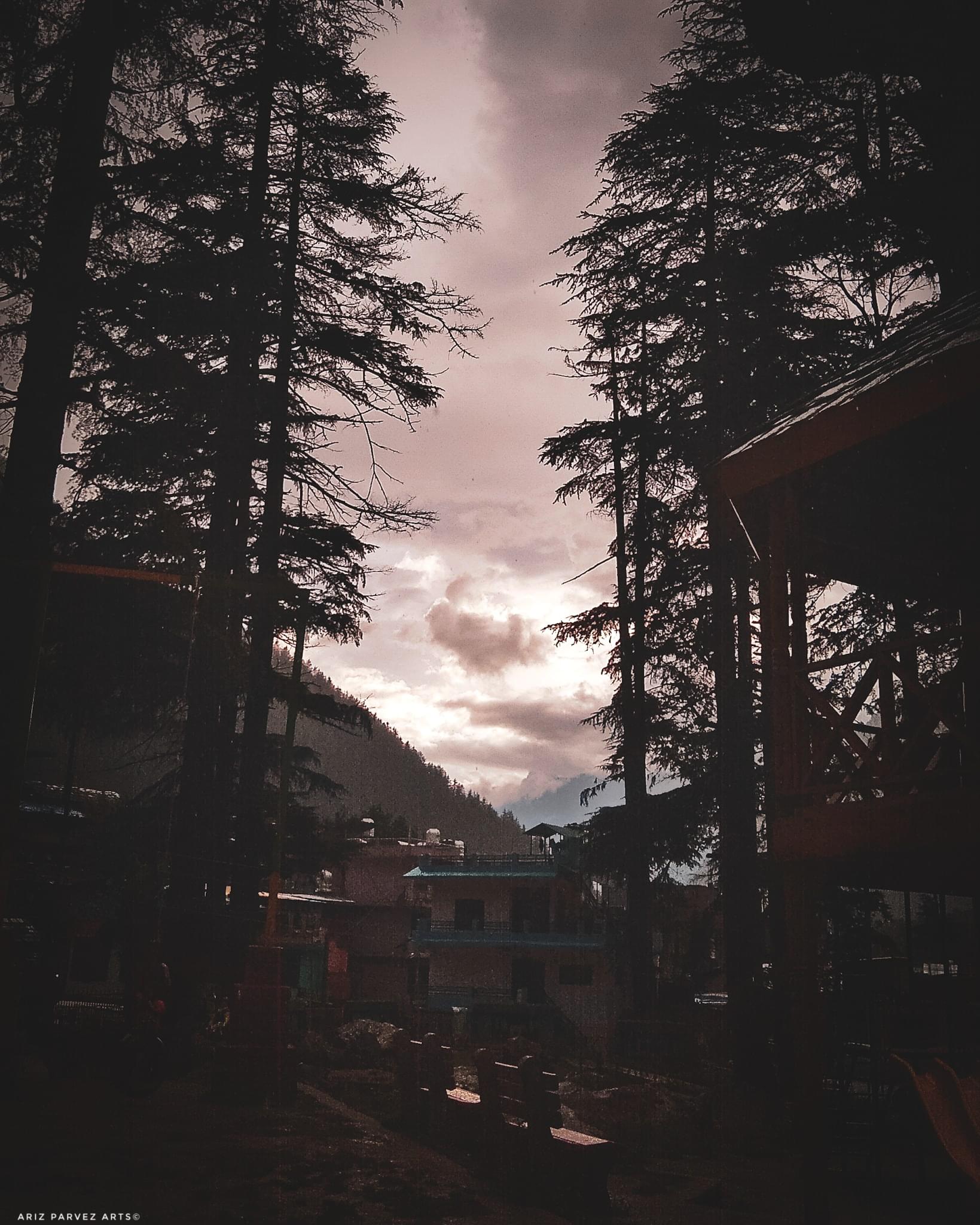
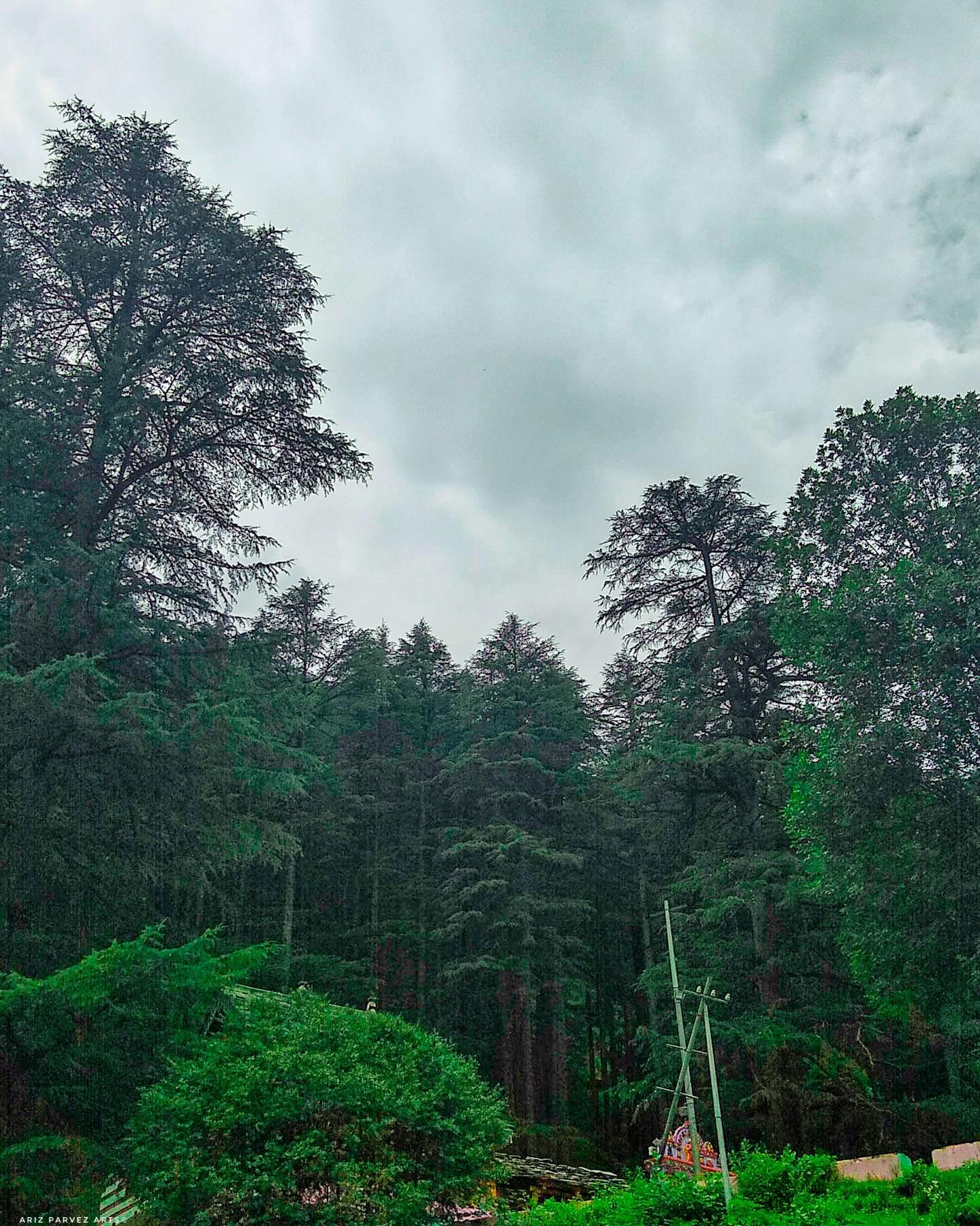

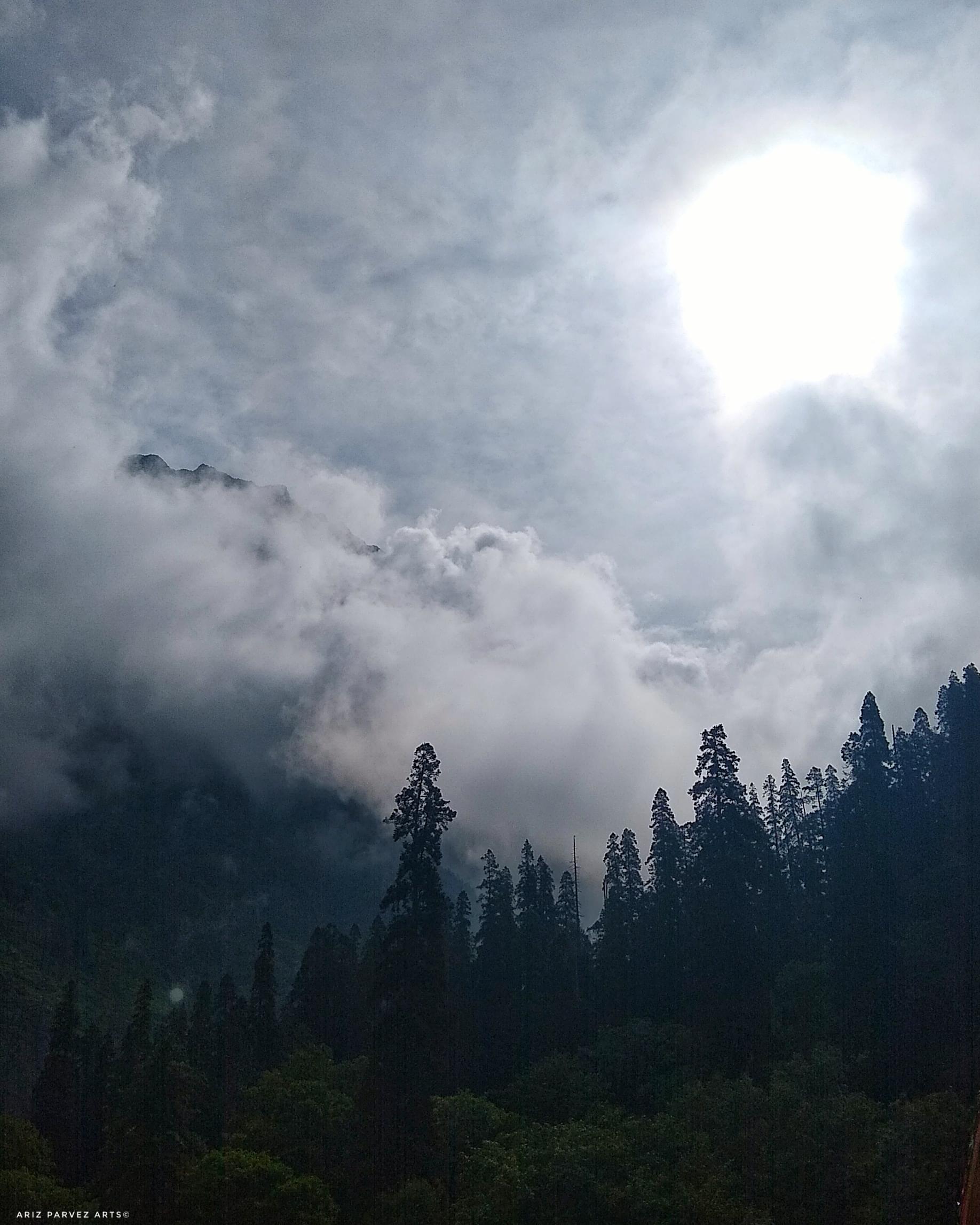

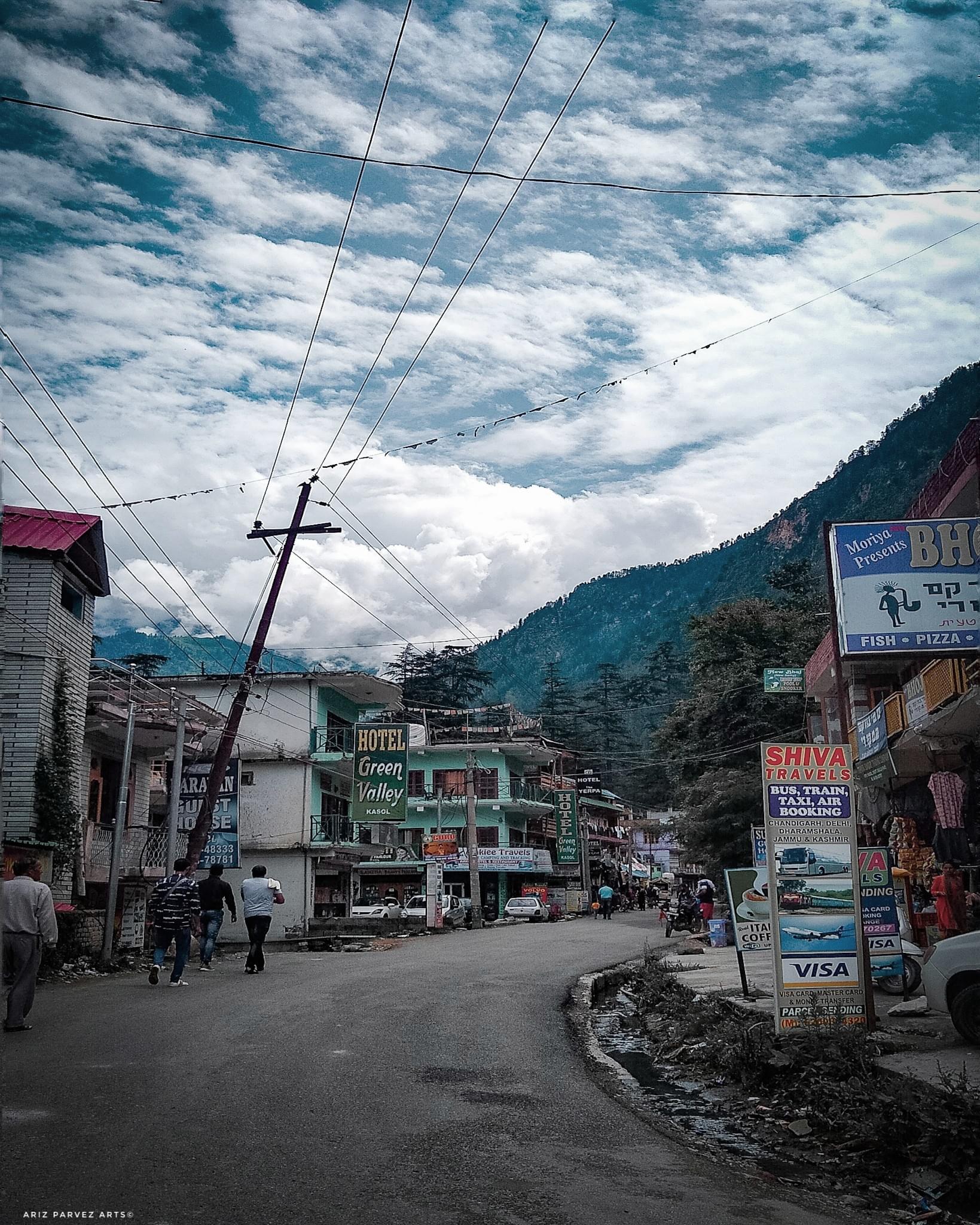





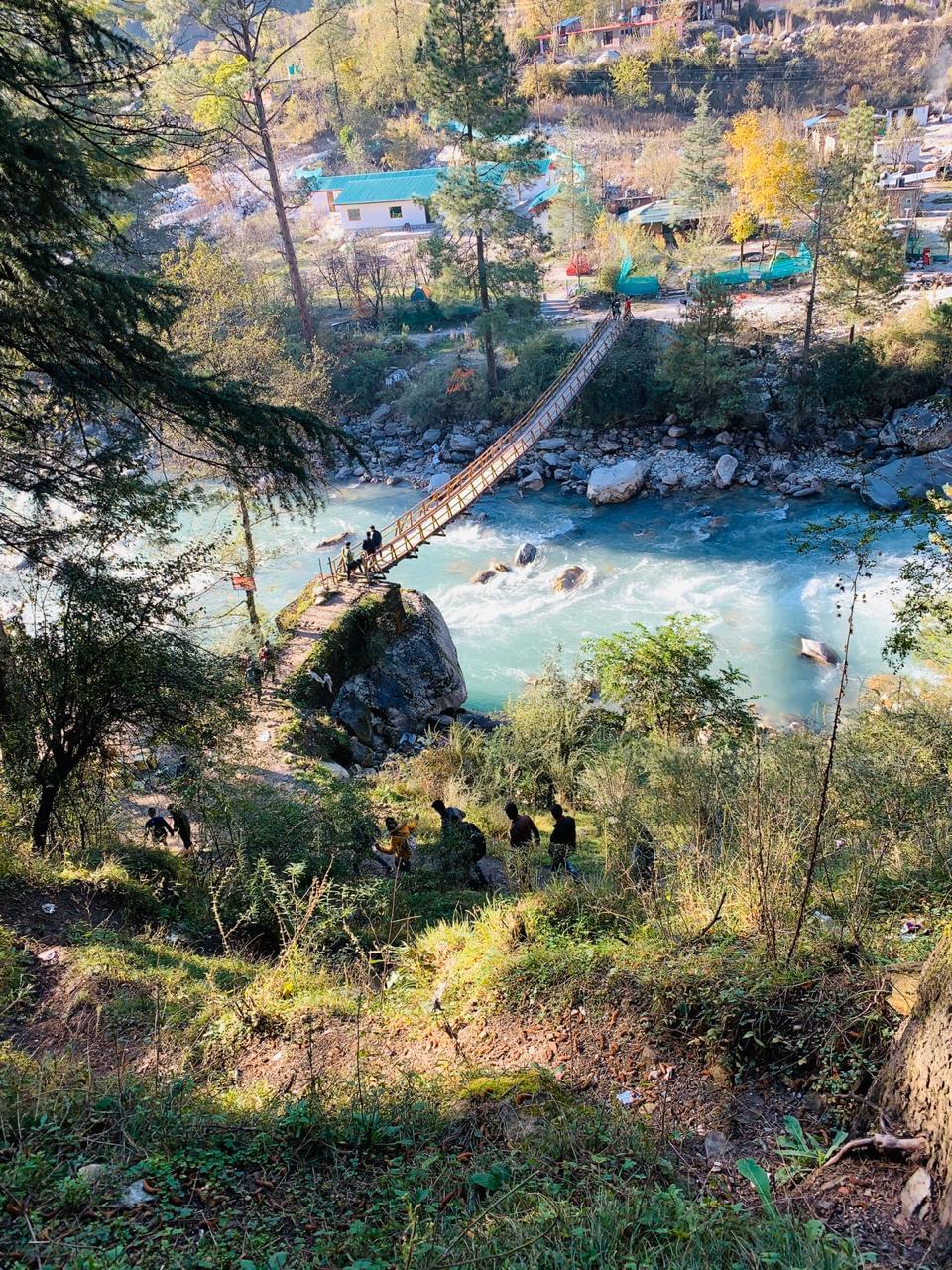

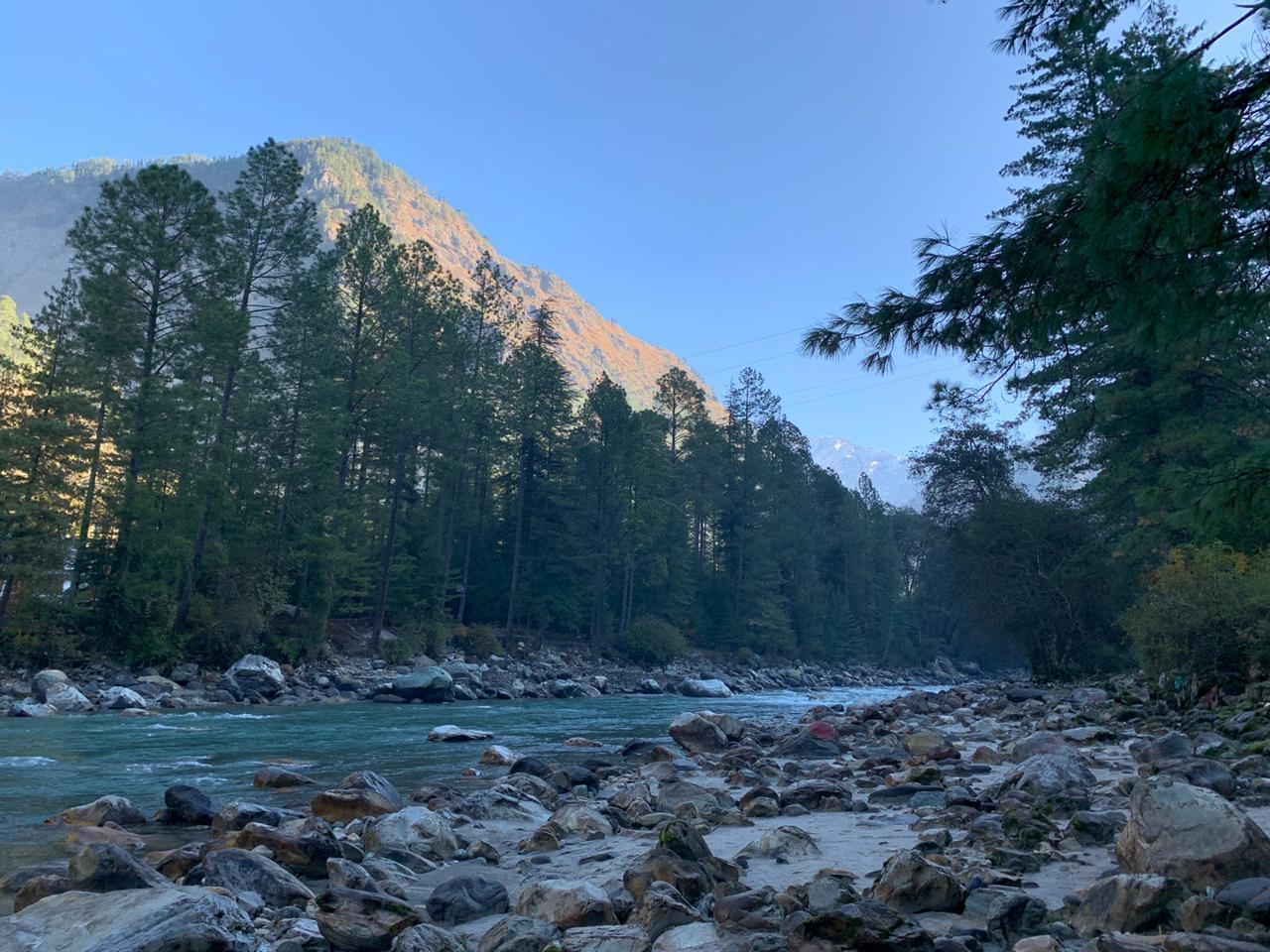


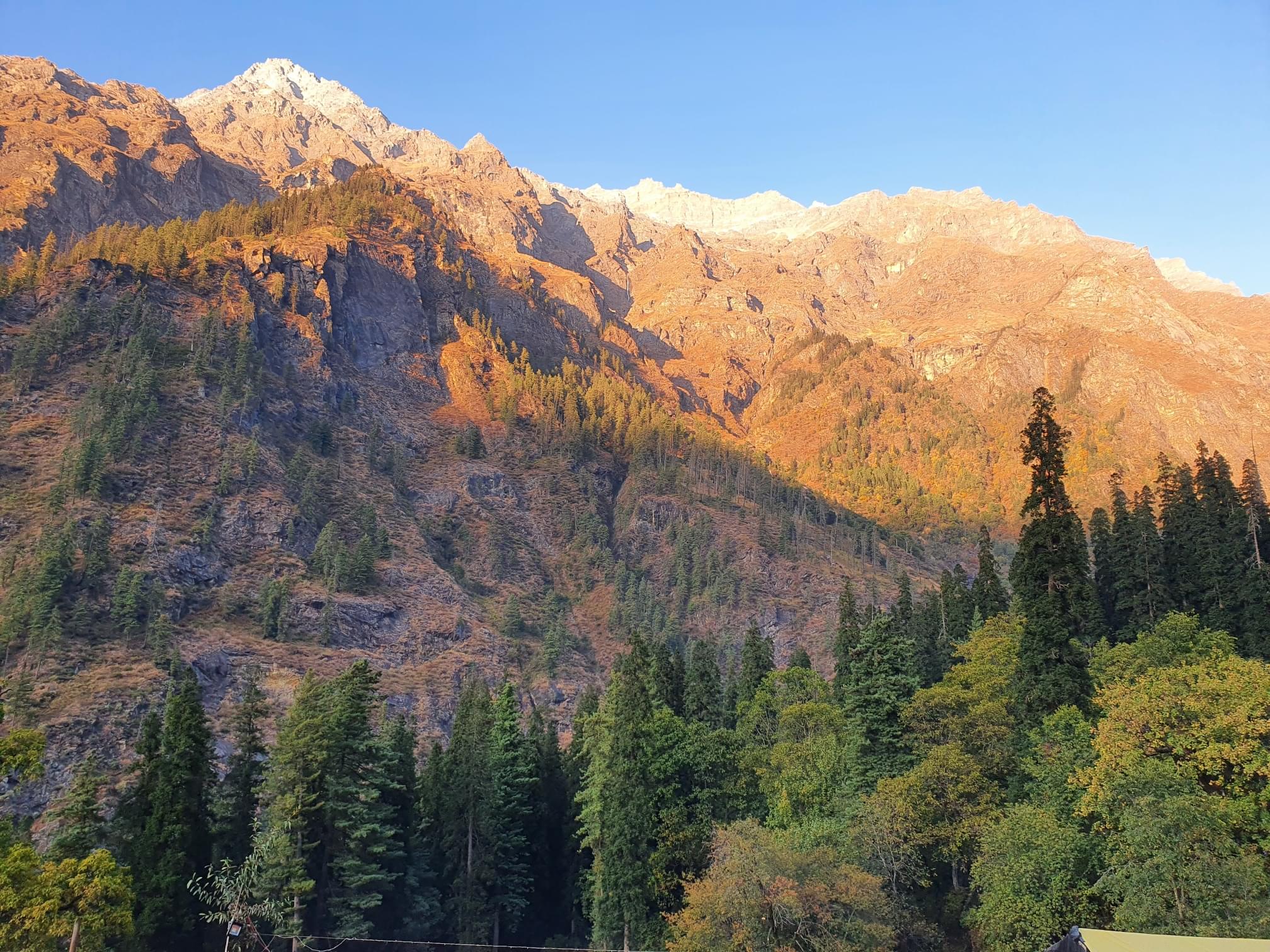


















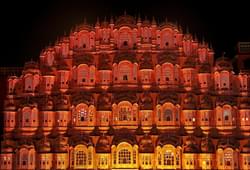

.jpg?gravity=center&width=250&height=170&crop=fill&quality=auto&fetch_format=auto&flags=strip_profile&format=jpg&sign_url=true)
